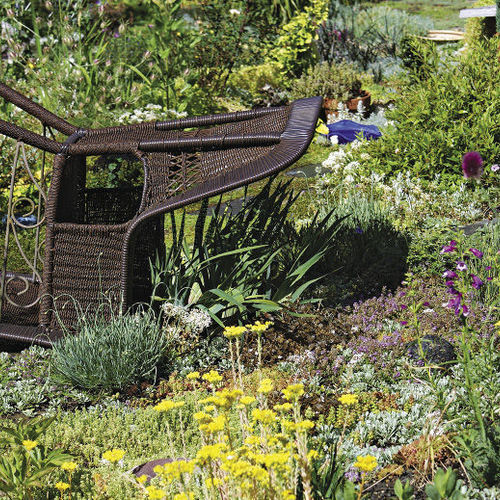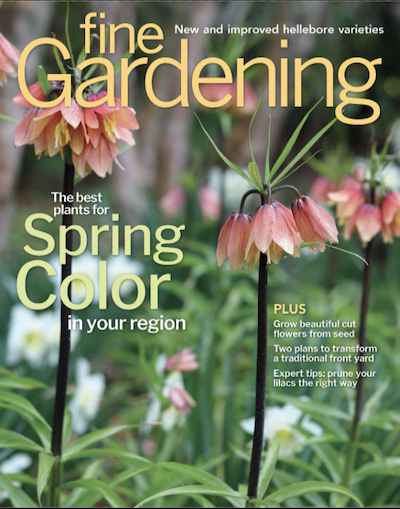Paula Gross
-
Southeast Regional Reports
What’s Wrong With My Camellia?
Ponder the camellia (Camellia spp. and cvs., Zones 6–10) for a moment: It’s a glossy rich evergreen with a dense and pleasing form. It loves heat and can survive droughts.…
-
How-To
Why Plant Division Fails, and How to Ensure Success
Aftercare of divisions is critical when you’re slicing and dicing up your plants. Here are a few things to try or to avoid during the critical reestablishing period. • How…
-
Southeast Regional Reports
Growing Venus Flytraps and Other Carnivores in the Southeast
We gardeners love our plants, and we relish seeing (and fanning) the flames of plant passion burning in others. There comes a time in many kids’ lives when one particular…
-
Southeast Regional Reports
Southeast August Garden To-Do List
Seed now for spring-blooming cottage-garden favorites. If every spring you covet the drifts of breadseed poppies (Papaver somniferum, annual), love-in-a-mist (Nigella damascena, annual), and rocket larkspur (Consolida ajacis, annual) in…
-
Southeast Regional Reports
Southeast July Garden To-Do List
It’s high summer in the Southeast. As long as the rains show up, veggies, annuals, and weeds grow like wildfire in the scorching heat, and gardeners turn crepuscular—venturing out to…
-
Southeast Regional Reports
3 Pollinator Powerhouse Perennials for the Southeast
Pollinators are having their day in our sun. I’m talking about the focused rays of human attention and study. By now, you’ve heard the sobering statistics about the decline in…
-
Southeast Regional Reports
Native Alternatives to Invasive Plants in the Southeast
Say the words “invasive plant” and you’ll get a wide range of reactions, from horror to defensiveness to irritation to confusion. But rarely will you get no reaction at all.…
-
Southeast Regional Reports
Southeast June Garden To-Do List
Divide bearded irises. If your garden includes good old-fashioned bearded irises (Iris × germanica, Zones 4–9), ask yourself when you last divided your clumps. If it’s been longer than five…
-
Southeast Regional Reports
Southeast May Garden To-Do List
There’s still time to sow certain summer veggies. This might be the year to add something more to your patch of tomatoes and herbs. If you like okra, it’s my…
-
Southeast Regional Reports
Southeast: How to Satisfy Your Zone Envy
Why is it that I’m bound to fall the hardest for a plant that can’t grow in my zone? I call this feeling “zone envy.” When zone envy begins, so…
















